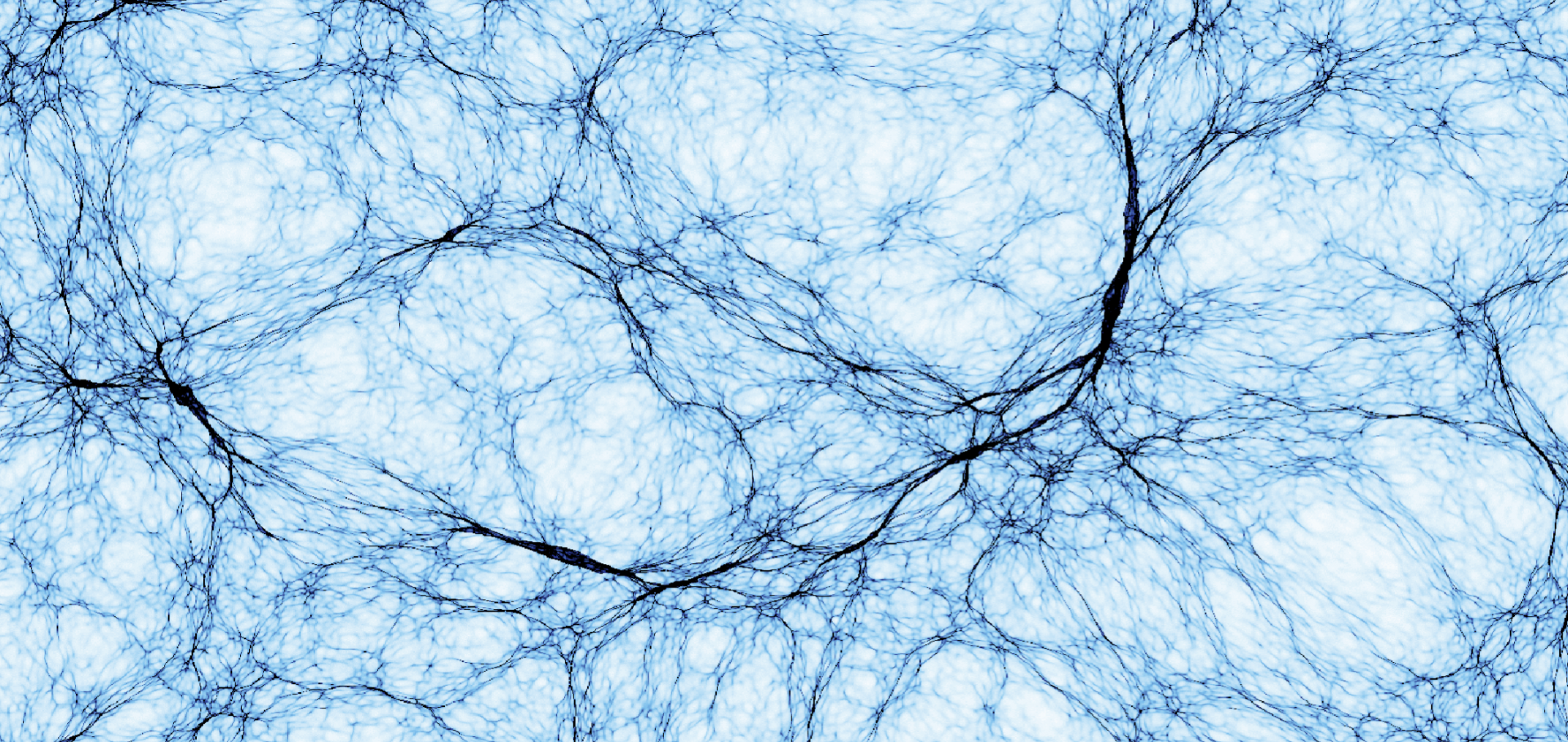Observations of pressure anisotropy effects within semi-collisional magnetized plasma bubbles.
Nature communications 12:1 (2021) 334
Abstract:
Magnetized plasma interactions are ubiquitous in astrophysical and laboratory plasmas. Various physical effects have been shown to be important within colliding plasma flows influenced by opposing magnetic fields, however, experimental verification of the mechanisms within the interaction region has remained elusive. Here we discuss a laser-plasma experiment whereby experimental results verify that Biermann battery generated magnetic fields are advected by Nernst flows and anisotropic pressure effects dominate these flows in a reconnection region. These fields are mapped using time-resolved proton probing in multiple directions. Various experimental, modelling and analytical techniques demonstrate the importance of anisotropic pressure in semi-collisional, high-β plasmas, causing a reduction in the magnitude of the reconnecting fields when compared to resistive processes. Anisotropic pressure dynamics are crucial in collisionless plasmas, but are often neglected in collisional plasmas. We show pressure anisotropy to be essential in maintaining the interaction layer, redistributing magnetic fields even for semi-collisional, high energy density physics (HEDP) regimes.Observations of Pressure Anisotropy Effects within Semi-Collisional Magnetized-Plasma Bubbles
(2020)
Inefficient magnetic-field amplification in supersonic laser-plasma turbulence
(2020)
Role of collisionality and radiative cooling in supersonic plasma jet collisions of different materials
Physical Review E American Physical Society 101:2 (2020) 023205


